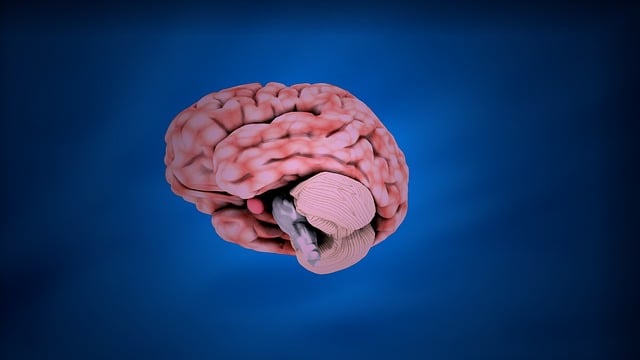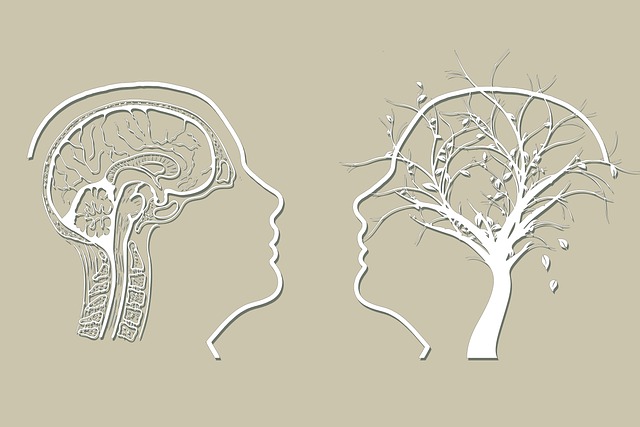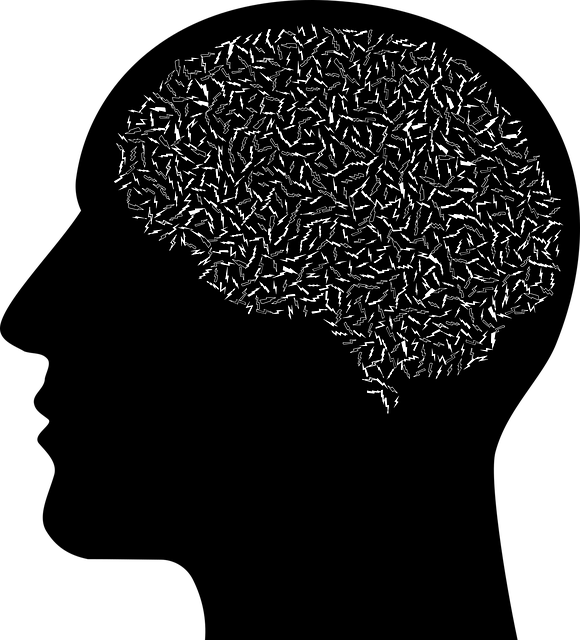Community outreach programs, like those offered by Boulder Adjustment Disorder Therapy (BADT), are transforming mental health access by bringing tailored therapy, support, and education directly to diverse populations. By identifying target communities and analyzing local data, these programs address unique needs and barriers, empowering individuals with coping strategies and building community support networks. Effective outreach involves understanding vulnerable populations' challenges through research and incorporating strategies like mindfulness meditation workshops. Measuring success through both quantitative and qualitative data allows for program adaptations and ensures resources are efficiently allocated to enhance overall well-being.
Community outreach programs play a vital role in addressing societal challenges, offering tailored support to diverse communities. This article explores their significance, from understanding their core function and impact on mental health, such as mitigating Boulder Adjustment Disorder Therapy needs, to identifying target groups and designing effective initiatives.
We delve into strategies for success, emphasizing community engagement, and provide a framework for implementation and evaluation, ensuring programs are responsive to local requirements.
- Understanding Community Outreach Programs: Their Role and Impact
- Identifying Target Communities: Assessing Needs and Barriers
- Designing Effective Programs: Strategies for Success
- Implementing and Evaluating: Measuring Effectiveness and Community Engagement
Understanding Community Outreach Programs: Their Role and Impact

Community outreach programs play a pivotal role in bridging the gap between mental health services and individuals who might otherwise struggle to access them. These initiatives are designed to bring therapy, support, and education directly into communities, addressing unique challenges faced by diverse populations. By implementing programs tailored to specific needs, organizations like Boulder Adjustment Disorder Therapy can offer effective trauma support services, self-esteem improvement workshops, and stress management sessions that foster resilience and overall well-being.
Such outreach efforts have a profound impact on community members’ lives. They provide accessible entry points into the realm of mental health care, promoting early intervention and preventing more severe issues from developing. Moreover, these programs empower individuals to take charge of their mental health, learn coping strategies, and build support networks within their own communities, creating a sense of belonging and enhancing overall community resilience.
Identifying Target Communities: Assessing Needs and Barriers

Identifying target communities is a crucial step in implementing effective outreach programs. It involves assessing the unique needs and barriers present within specific areas or demographics. For instance, in urban settings like Boulder, Colorado, community outreach may focus on addressing high rates of burnout among healthcare providers who often face demanding work environments. By understanding these challenges, programs can be tailored to offer essential support, such as Burnout Prevention Strategies for Healthcare Providers and the promotion of Self-Care Routine Development for Better Mental Health.
This process requires a careful analysis of local data and community feedback. It might reveal disparities in mental health awareness or access to therapy services. For example, certain communities may exhibit higher incidences of Boulder Adjustment Disorder Therapy needs due to specific socio-economic factors or traumatic events. Such insights enable organizers to design targeted interventions that break down barriers and ensure every member of the community has an opportunity to enhance their well-being.
Designing Effective Programs: Strategies for Success

Designing effective community outreach programs requires a nuanced approach that considers the unique needs and dynamics of the target population. It’s essential to start by understanding the specific challenges faced by the community, such as those affected by Boulder Adjustment Disorder Therapy. This might involve conducting thorough research, focusing groups, or surveys to gather insights into their emotional intelligence and coping mechanisms. Incorporating strategies for burnout prevention is another key component; this could be in the form of workshops that teach mindfulness meditation techniques to help participants manage stress and maintain resilience.
Successful programs should foster a sense of belonging and empowerment. Leveraging Emotional Intelligence can facilitate meaningful connections between facilitators and community members, building trust and encouraging open dialogue. By integrating these strategies, outreach initiatives become more than just informational sessions; they transform into supportive ecosystems that promote mental well-being and personal growth.
Implementing and Evaluating: Measuring Effectiveness and Community Engagement

Implementing community outreach programs requires a strategic approach to ensure maximum impact and effectiveness. Measuring the success of these initiatives is crucial for understanding their long-term benefits. The process involves adapting services to meet local needs, which may include addressing specific challenges like Boulder Adjustment Disorder Therapy (BADT) or mental illness stigma reduction efforts. By assessing community engagement, organizations can tailor programs that foster resilience building and stress management workshops, ultimately enhancing overall well-being.
Evaluation methods should capture both quantitative and qualitative data. This includes tracking participant demographics, satisfaction levels, and behavioral changes pre and post-program. Community feedback is invaluable for identifying strengths and weaknesses in the program design. Regular assessments enable organizations to make data-driven adjustments, ensuring that resources are allocated efficiently and that outreach efforts remain relevant and impactful.
Community outreach programs play a vital role in addressing societal challenges and fostering positive change. By understanding the needs of specific communities, implementing tailored strategies, and evaluating impact, organizations can effectively reach and support those facing barriers. This holistic approach, as demonstrated by successful cases like Boulder Adjustment Disorder Therapy, ensures that resources are utilized optimally to create lasting, meaningful connections within the community.














